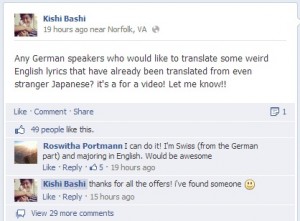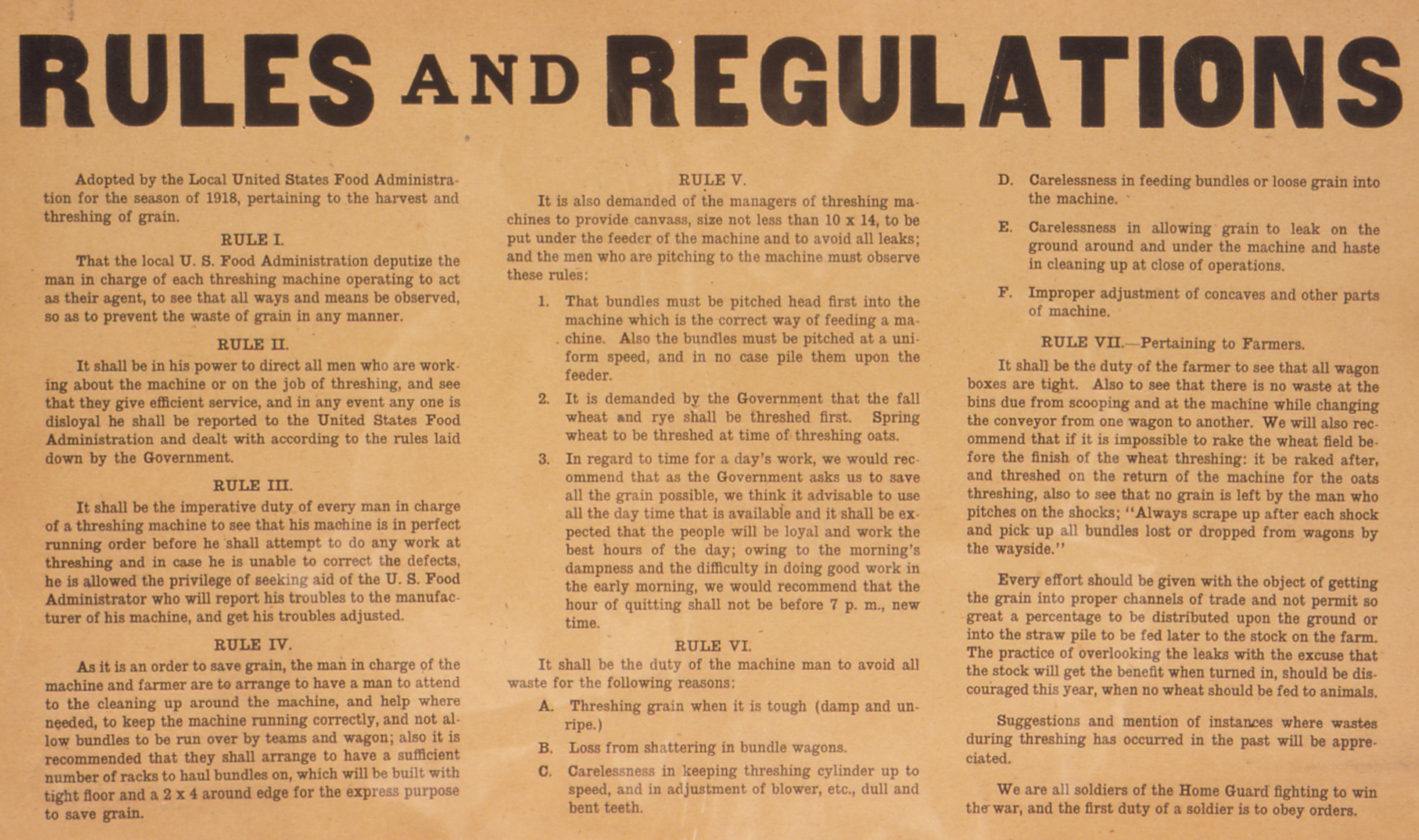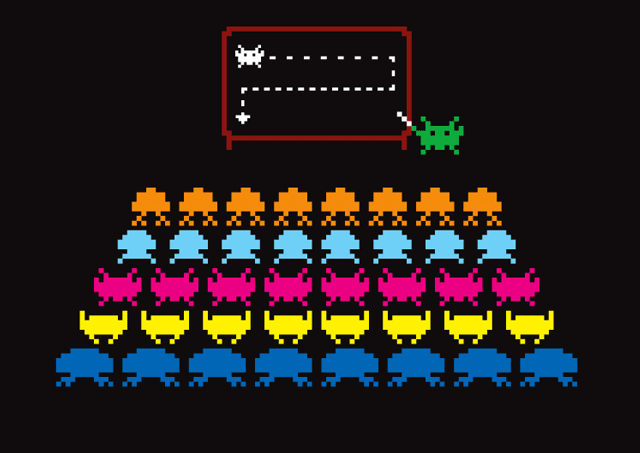“Open Kimono” is business jargon upon which I stumbled just last year, yet it has fast risen to the top of my buzzword bollocks list. (Yes, such a list exists, albeit deep in the annals of my memory banks, filed away for future loathing).

Are you opening a window into your world for fans? | Image Credit: Ross Mayfield
That contempt notwithstanding, the intended meaning of the phrase does actually hold deeper value for artist marketing. Especially so for music, where the creator’s connection to the listener is at the core of holding their attention and developing deeper fan relationships.
Allowing fans in to see more of who you are and how you create is as much a “must do” now as touring was before we all became digitally connected; without some context to your creations, you’re just another song in the music collection. Add an experience or a memory, however, and you move one step closer to being an adored artist in their life.
One of the best practitioners of this that I’ve seen recently is Kishi Bashi, a veteran of the indie music circuit who is promoting his new solo work in a most fresh and spritely manner.
Opening Up Your Art
Formely a tour player with Canadian Athens, Georgia’s indie oddballs of Montreal and the iconic Sondre Lerche, amongst others, Kishi Bashi released his own album proper, ’151a’, this time last year. Since then he has undoubtedly benefited from copious blogger coverage and brand interest, yet the lingering impression is far more than just a clever marketing campaign.
The first thing that comes to mind for me, both as a fan and marketer, is a gregarious human being who truly loves and embraces his art. By extension, he communicates that passion to his listeners, who can’t help but become wrapped up in his world. Fans for life invariably follow.
Here we’ll look at some of the specific approaches that Kishi Bashi uses to open up and bring fans further into his fold. But first the vital statistics…
Artist: Kaoru Ishibashi (aka Kishi Bashi)
Facebook Fans: 22,952
Twitter Followers: 4,947
YouTube Channel: 2, 057 subs /257,700 views
Google +: Negligible presence
Be Yourself
Age old dating advice… that no-one ever follows, of course. But Mr. Ishibashi pours himself into his social media channels almost every day. One swift scan of his Twitter feed or Facebook page reveals a commitment to offering daily insights into his world, from the mundane aspects of touring to marveling at a piece of music.
Each update builds a picture of his personality for listeners, adding context to the music for a stronger connection.
Window To Your World
Social networks are increasingly reliant on visuals, hence the increasing popularity of Pinterest and its ilk. Kishi Bashi’s platforms are awash with tour photos, shots from the previous night’s show, fan art, and anything that he comes across that offers a visual hook to stir a reaction. Even from a purely data-driven perspective this makes sense, as Facebook’s Edgerank is based on audience feedback such as likes and comments, which studies have shown fans are more likely to provide for posts with visual content.
On a more human level, visuals help fans to understand more about your life, offering a window into your world. Daily shots from the tour – even the most mundane elements – can connect in a way that text simply cannot. Sharing creative inspiration visually is also a strong emotional link to fans, especially if they’re further inspired to share it with their own network.
Conversations
The time when artists could hide from the demand of fans is largely behind us. All but the most overblown or enigmatic of artistic egos need to embrace the age of access and developing stronger ties to fans through one-on-one conversations.
It helps that Kishi Bashi is a gregarious chap by nature, but the dedication to communicating with listeners on daily basis is what cements these relationships. Whether deep conversations about song lyrics or a simple thank you to a fan who attended a show, visibility and gratitude are two traits that have served him well. And with a Twitter following that grew by over 400% during 2 month period of most recent US tour, the results of connecting on an individual basis will extend beyond that single interaction and provide a stronger foundation for his next creative move.
 Collaborations
Collaborations
Getting fans involved in your creative process is a wonderful way to make it about more than yourself. It’s a win-win scenario, as the artists receives the assistance they need and the fan(s) become even more invested in the art that results.
Kishi Bashi frequently calls on his community to submit show photos, create derivative works inspired by his art, and those random requests like the one to the left here, involving multi-language lyric translation. It’s all part of being okay with asking, which has been a popular discussion of late.
Takeaway
The point here isn’t to copy the Kishi, but to bring your fans into the fold by bringing yourself out into the open. Utilize the plethora of open access channels available to you and start putting your interests, info and insights out there for fans to consume.
Not everything will catch, but the more you share, the more you’ll understand your listeners, what they love about you and want to see more of. Experiment, review, and refine your posts until it’s second nature to share stuff that will get your social sphere buzzing.
What about your own case… what do you put out there that inspires interest in your art?
NB. Edited 5/1 for my ghastly lack of background knowledge regarding of Montreal. Thanks to the readers who set me straight! Sticking to my guns on the odd factor, of course…

 Pros:
Pros:






.